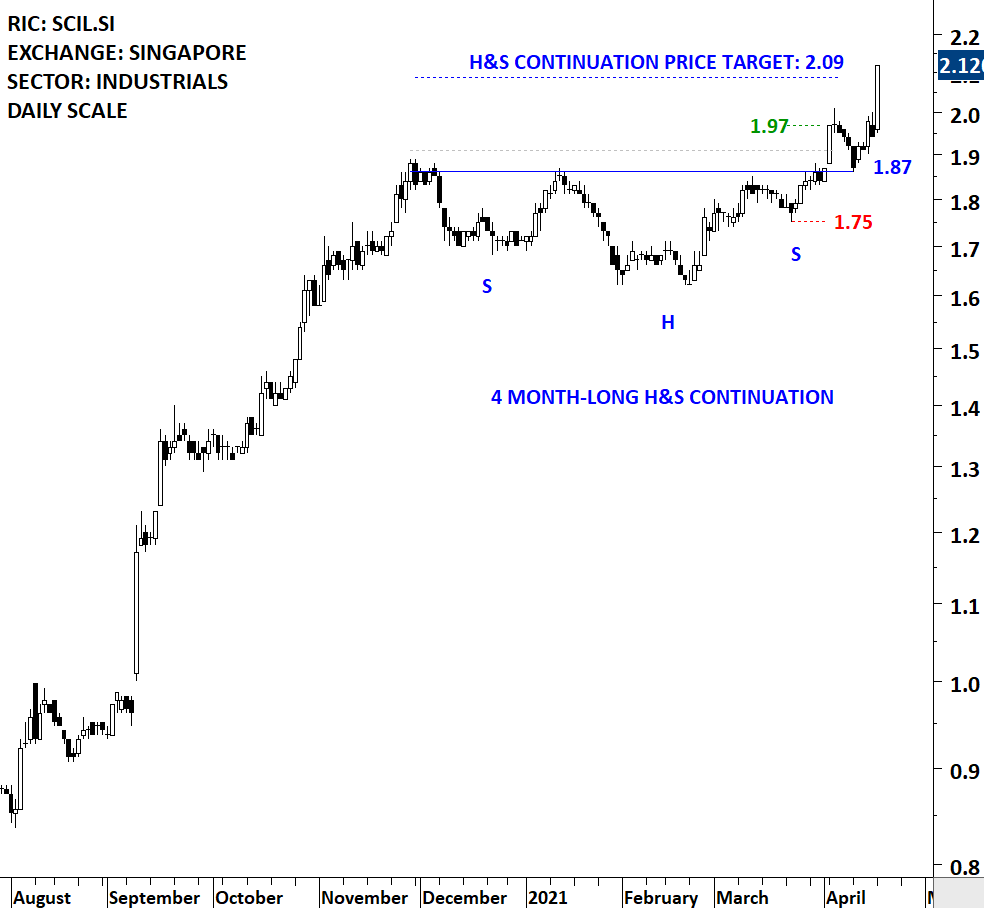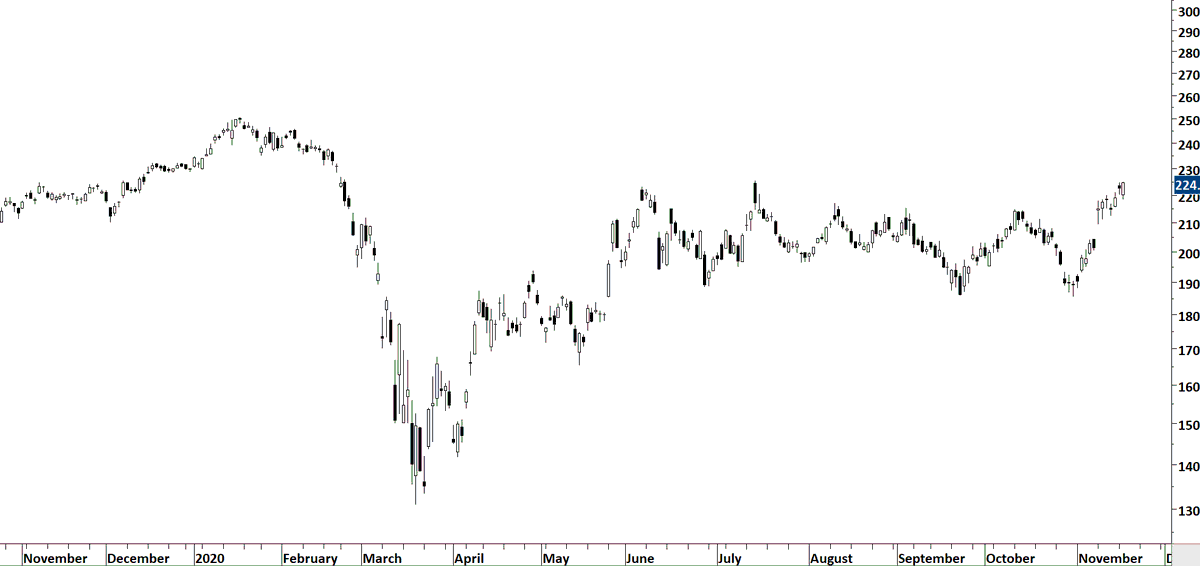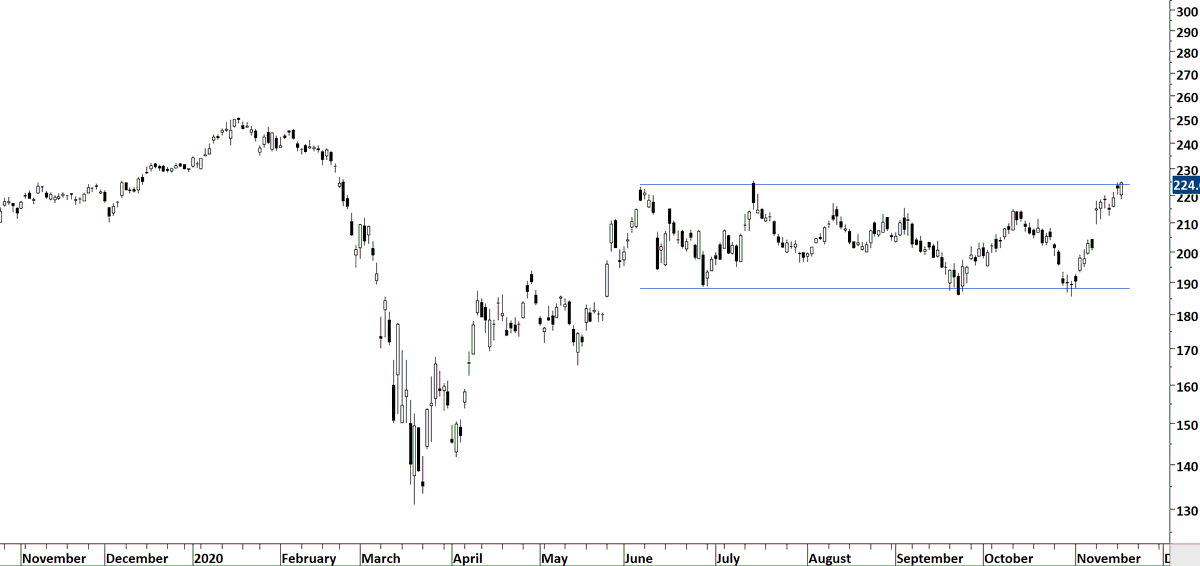
I will write a couple of points on #VOLUME. It's a #THREAD. I get a lot of questions regarding volume confirmation on chart patterns. Here is my story with volume as a supporting indicator.
I learned #technicalanalysis and charting with the default chart setup of volume at the bottom of each chart. I know how to read volume with price charts.
Around the subprime mortgage crisis and the financial meltdown, I was managing the largest fund in AUM in the UAE and a sizable one in the MENA.
The way I used to operate was, when I like a chart and a breakout, I never gave VWAP orders. I used the prepare our traders to go and buy everything at market. All the way to limit up.
At the end of the day we were sitting and trying to understand what part of the market constituted the rest of the volume. Did I result in the breakout or the market participated? Did it matter? Following days I used to capture nice trends.
I started paying less attention to volume. It seemed like a futile effort to try to understand what part of the day was whose volume. Wait more is coming...
Some stocks in the benchmark we followed constituted 10-15% of the index. MSCI or S&P (the index providers) used come out each quarter and rebalance their indices hoping that there will be enough liquidity for available funds to adjust course.
Result was either limit up prices or limit down prices. Discrepancies on volume patterns as everyone would pile into the new stock that was included in the index and exit/reduce the one that was excluded from the benchmarks.
This was another reason why I started paying less attention to volume patterns.
Many are obsessed with volume but in today's markets so much trading is taking place on derivatives and side markets. Do you think the volume patterns in stock exchanges are reflecting the real buying/selling?
As I consult some hedge funds today, I hear the same as they are trying to figure out which part of the volume they were and if they have impacted the price or it was the markets action.
So what I have concluded on volume is: It is good to have but not must have.
If a stock is breaking out with high volume, GOOD. If not, that is fine too. I've seen volume picking up at latter stages.
End of thread. Thanks for reading. Back to charts.
If a stock is breaking out with high volume, GOOD. If not, that is fine too. I've seen volume picking up at latter stages.
End of thread. Thanks for reading. Back to charts.
• • •
Missing some Tweet in this thread? You can try to
force a refresh










